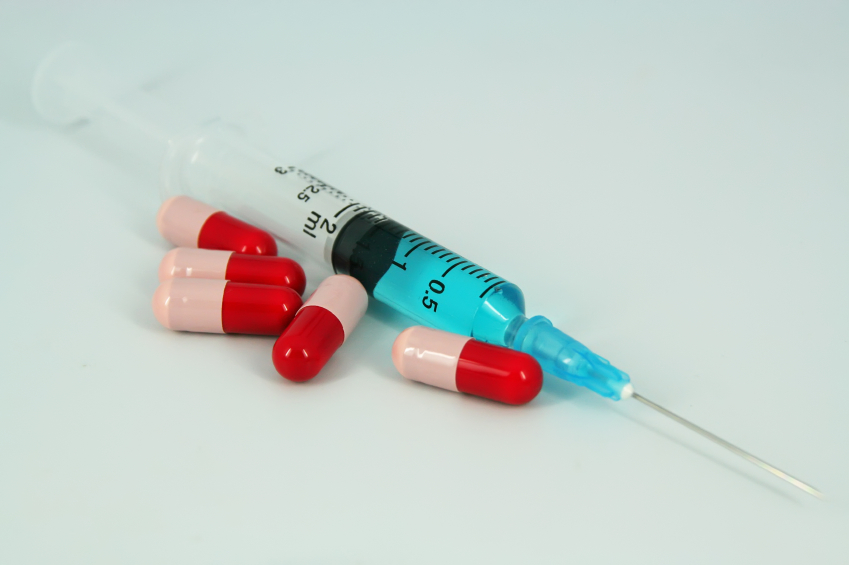The NVK (Dutch Paediatric Association) published its position on euthanasia for children between 1 and 12 years of age. In the range of treatment available to young sick patients, the Association intends to include the possibility of euthanasia “regardless of age”, preferring to base decisions on an ability to discern”. At present, Dutch law authorises euthanasia for children over twelve years and infants under 12 months old whose “quality of life” “is deemed unsatisfactory”.
For the NVK, the current framework should be extended to allow doctors to induce the death of any young patient who is seriously ill “and possibly at the end of life”. The decision should be taken, with the parents’ consent, if the child concerned cannot express himself/herself or understand. The association has therefore suggested carrying out a study aimed at identifying “acceptability criteria” which Minister for Health, Schippers, wants to finance. Addressing the Justice Minister, the latter also confirmed that no new law was needed to authorise a doctor to “actively induce the death of a seriously ill child” because doctors “can always call on necessity” in the event of “force majeure”.
Euthanasia reports for minors are currently infrequent (seven between 2002 and 2007). However, Carine Brochier from the European Bioethics Institute, on reacting to the euthanasia of a young Dutch girl following sexual abuse sustained several years earlier, warned against the abandonment of patients by doctors, pointing out that the role of the latter was “to support these people rather than help them to die”, to treat patients rather than “induce their death”.
The mental and physical suffering is real, she stressed but “the dilemma lies in assessing this suffering” because this cannot be measure “or diagnosed beneath a microscope”. The term, incurable, which is one of the conditions for approving a request for euthanasia, “is never used in the case of psychiatric and mental diseases when there is no evidence of tissue deterioration”.
Inevitably, the support can be long, very long indeed, and can cause suffering for patients and their families, but it is the treatment issue that helps patients to overcome their difficulties and regain an element of freedom which escapes them when they are suffering. Attention should be given to the possibility of trivialising euthanasia, which turns an exception into a standard – the hallmark of patient autonomy.
Carine Brochier also warns against the blackmailing trap: recourse to suicide as an alternative if euthanasia is refused. She points out that “euthanasia is not a remedy to suicide” and that “inducing a person’s death is not treatment”.
Institut Européen de Bioéthique (04/05/2016); Atlantico, Thomas Sila (13/05/2016)

